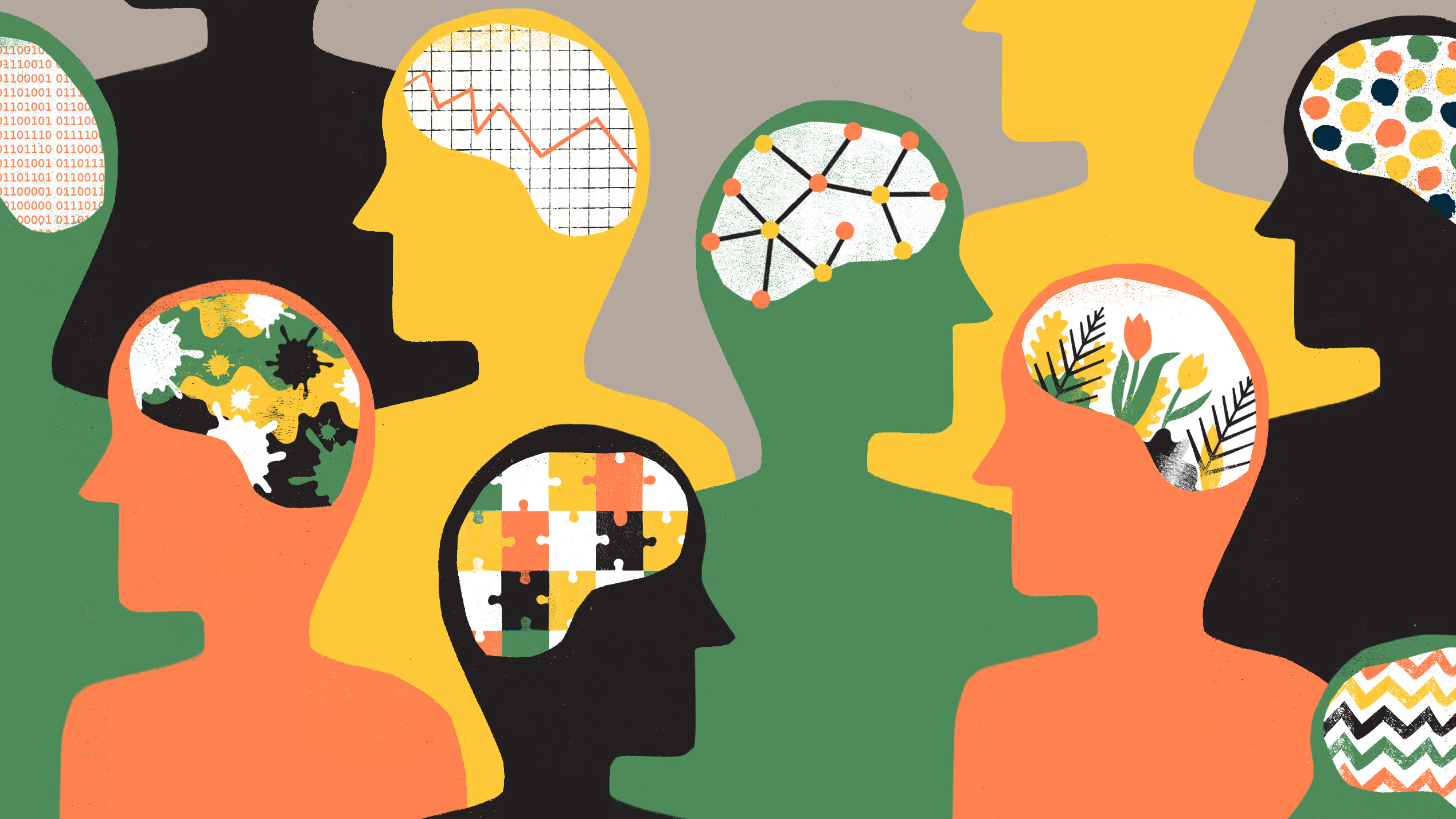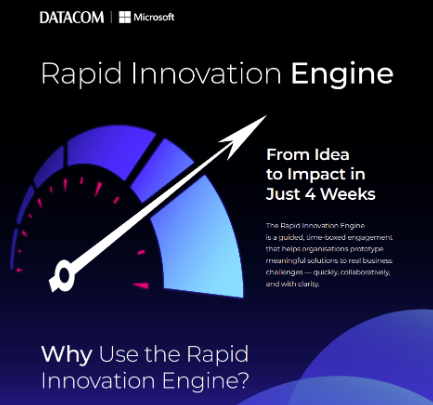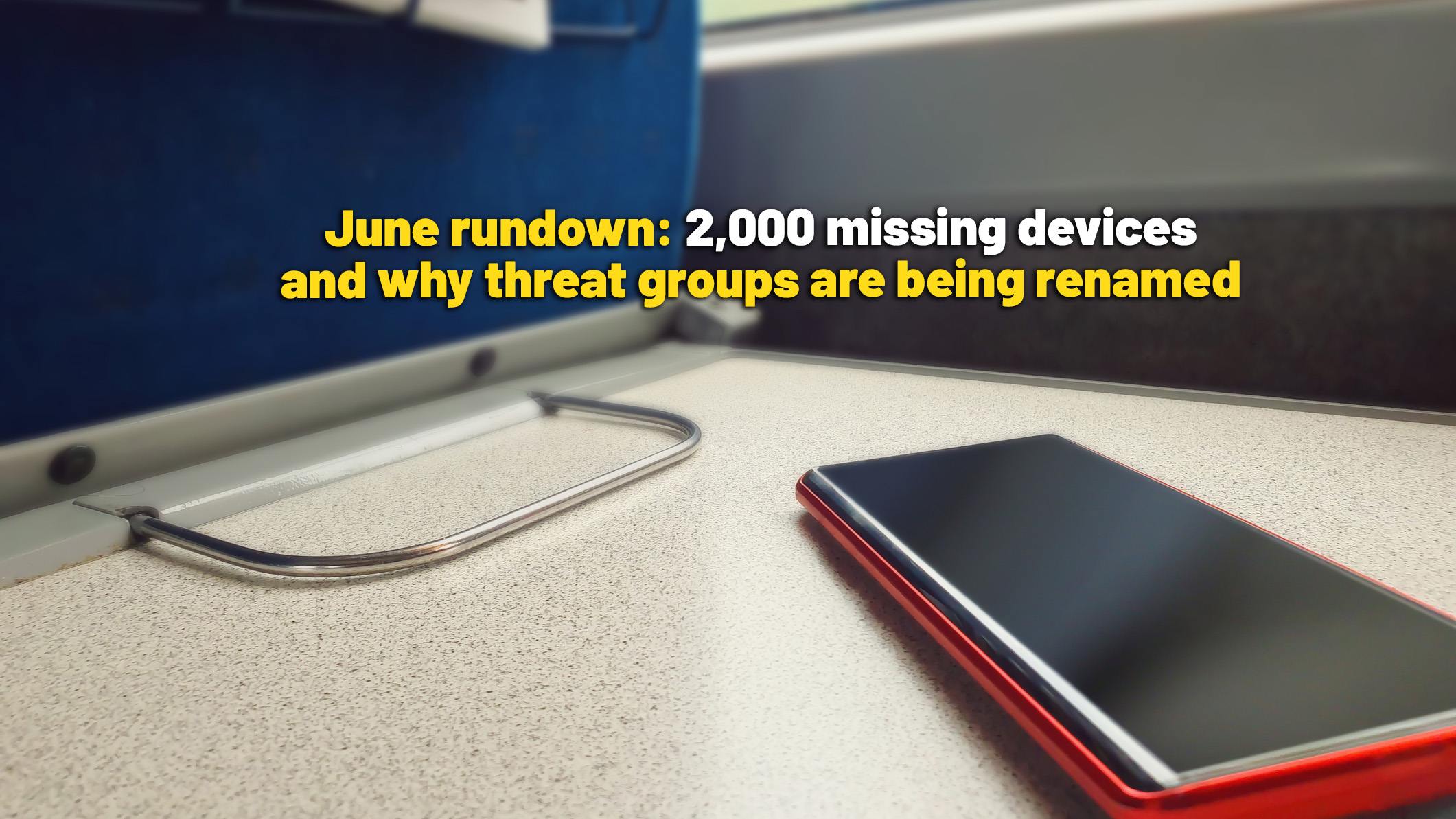How can leaders support neurodiversity in tech?
Fostering the right workplace culture for neurodiversity in tech is a must for an effective, equal office


Tech companies that want to improve productivity through a boost to their workforce’s skillsets, innovation, and profitability, should be looking at how they can better support neurodiversity within their workforce.

While the IT sector thrives on creative problem-solving and unique perspectives, it hasn’t always reflected this in its hiring practices or internal requirements which can be alienating or in the worst cases actively discriminatory against neurodiverse workers.
It’s an area of shame for many leaders, whose actions don’t only reflect badly on their companies but also rob their workforces of individuals who often have invaluable skills to offer the sector.
Gemma Edgar, digital marketing manager at Diversity in Tech, notes that studies have shown people with dyslexia have strong analytical thinking skills. Neurodivergent people can also excel in pattern recognition and attention to detail, adds Dr Mohammed Rehman, head of the School of Computing at Arden University. Autistic workers have been identified in the past as potentially crucial for solving the sector’s biggest challenges.
The different challenges neurodivergent workers face
Ensuring neurodivergent workers are given an equal opportunity to become part of an organization’s IT dream team requires not only potential changes to recruitment processes but also better support for existing staff.
This is because neurodivergent workers can face a variety of challenges, as many businesses aren’t currently equipped or led to fully accommodate and support neurodivergent talent.
Despite the large numbers of neurodivergent people within specialist IT roles, the wider working environment in those organizations may not necessarily suit those employees says Angela Matthews, head of policy and research at the Business Disability Forum.
Sign up today and you will receive a free copy of our Future Focus 2025 report - the leading guidance on AI, cybersecurity and other IT challenges as per 700+ senior executives
She tells ITPro that factors including bright and noisy environments (or their opposite) and information overload or underload can lead to stimulation issues for neurodivergent employees. Even an overly busy pattern on the wall next to the desk where workers sit can make all the difference to a neurodivergent employee’s comfort and well-being.
“It shows the importance of distinguishing between a job and the environment in which that job is done – one can be inclusive while the other might not be,” says Matthews.
A recent report from the Institution of Engineering and Technology (IET) backs up Matthews’ view that not all workplace challenges neurodivergent employees face are related to the specifics of their neurotype.
Entitled Neurodiversity in Engineering and Technology – How to build a more inclusive profession [PDF] the report states that in addition to the ability to access workplace adaptions, the challenges result from a range of factors including lack of awareness and understanding, on top of neurotypical approaches and expectations being the standard for workplace behavior.
Steps to support neurodiversity in tech
There are a number of steps employers can take to address the challenges faced by neurodivergent workers and improve the support they offer.
Step 1: Prioritize flexibility
Rather than designing a template way of working to suit neurotypical standards, leaders should instead focus on prioritizing flexibility – in communication, sensory adaptations, and working styles – to allow every employee to thrive. This may be realized via flexible work arrangements, greater use of business messaging apps like Slack or Microsoft Teams, asynchronous collaboration, or even adopting a four-day working week.
“Supporting neurodiversity is not a one-size-fits-all approach; while every individual is different, so are their working requirements,” says Rehman. “Employers should have open-minded conversations to understand their individual needs and ensure the support they receive is specifically tailored to them.”
Step 2: Improve employee education & awareness
Creating an environment that educates all employees about neurodiverse conditions can also be beneficial, both for those with a condition and those neurodiverse workers who are currently undiagnosed.
“It’s not just about their immediate team, it’s about how people with neurodivergent brain types are treated by other teams and the wider organization including how decisions about the working and built environment include them,” says Matthews.
Training and mentorship can help to create a better working environment and a culture of understanding that can not only help openly neurodivergent employees feel welcomed and valued, but also allow some staff to feel comfortable enough to share their status or even go on to get a diagnosis. This is hugely important, as Rehman states that many still do not disclose their conditions to HR or management.
RELATED RESOURCE

Learn about the 7 key training challenges VR can help you overcome
DOWNLOAD NOW
Leaders should also take the time to ensure they gain a deeper knowledge and understanding of the needs of neurodivergent individuals, which will help them develop a more empathetic leadership style and improve their own soft skills.
“Once a manager feels the monitor the wellbeing of their neurodivergent employees and use communication to reach out to them more effectively, they’ll monitor the wellbeing of the extended workforce and communicate with everyone more effectivity,” Dr Miriam Marra, co-lead for equality diversity and inclusion (EDI) at Henley Business School notes.
Step 3: Remove recruitment barriers
It’s also important to review recruitment and onboarding processes to remove any barriers for neurodivergent applicants, as earlier this year ITPro highlighted that most businesses' recruitment efforts are failing neurodiverse candidates.
An EqualTech report found that only 21% of respondents said they work for a business that purposely catered their recruitment processes to attract neurodivergent talent, meaning the majority of companies are missing out on a potentially lucrative pool of candidates.
The report pointed to a need for HR-specific skills in recruiting, interviewing, and onboarding to ensure marginalized groups are catered to within the recruitment journey, and this sentiment is mirrored by Rehman, who points out that whether it’s adjusting the format of interview assessments to enable people to better showcase their unique skillsets, or delivering training in shorter sessions to enable sharper focus, employers can adapt recruitment and training processes in a number of ways to enable neurodiverse talent to thrive.
Supporting equal opportunity for all
As Dr Laura Norton, head of equality, diversity, and inclusion at the IET states, there’s a huge opportunity awaiting employers and leaders who are willing to understand and address the needs of potential and current neurodivergent staff and colleagues.
“Everyone should feel empowered and supported to fulfill their potential and feel that they belong. There’s much more we can do to truly harness the strengths and skills of neurodivergent people, that will improve the working experience for all,” she notes.
However, it’s also important to note that everyone’s needs are unique and “we want to avoid a ‘hierarchy’ of disabilities or to reinforce the myth that one group of employees’ needs are more unique than others,” says Matthews.

Supporting neurodiversity is integral to the success of a wide variety of EDI objectives, but a fully developed EDI strategy – and culture – is needed within a company to ensure all staff have the equal opportunity to excel.
“Inclusion and belonging strategies see each individual as unique, no matter what type of condition they have or life situation they’re in. It’s a question of asking what this individual needs to be productive or happy in their job,” Matthews concludes.
Keri Allan is a freelancer with 20 years of experience writing about technology and has written for publications including the Guardian, the Sunday Times, CIO, E&T and Arabian Computer News. She specialises in areas including the cloud, IoT, AI, machine learning and digital transformation.


